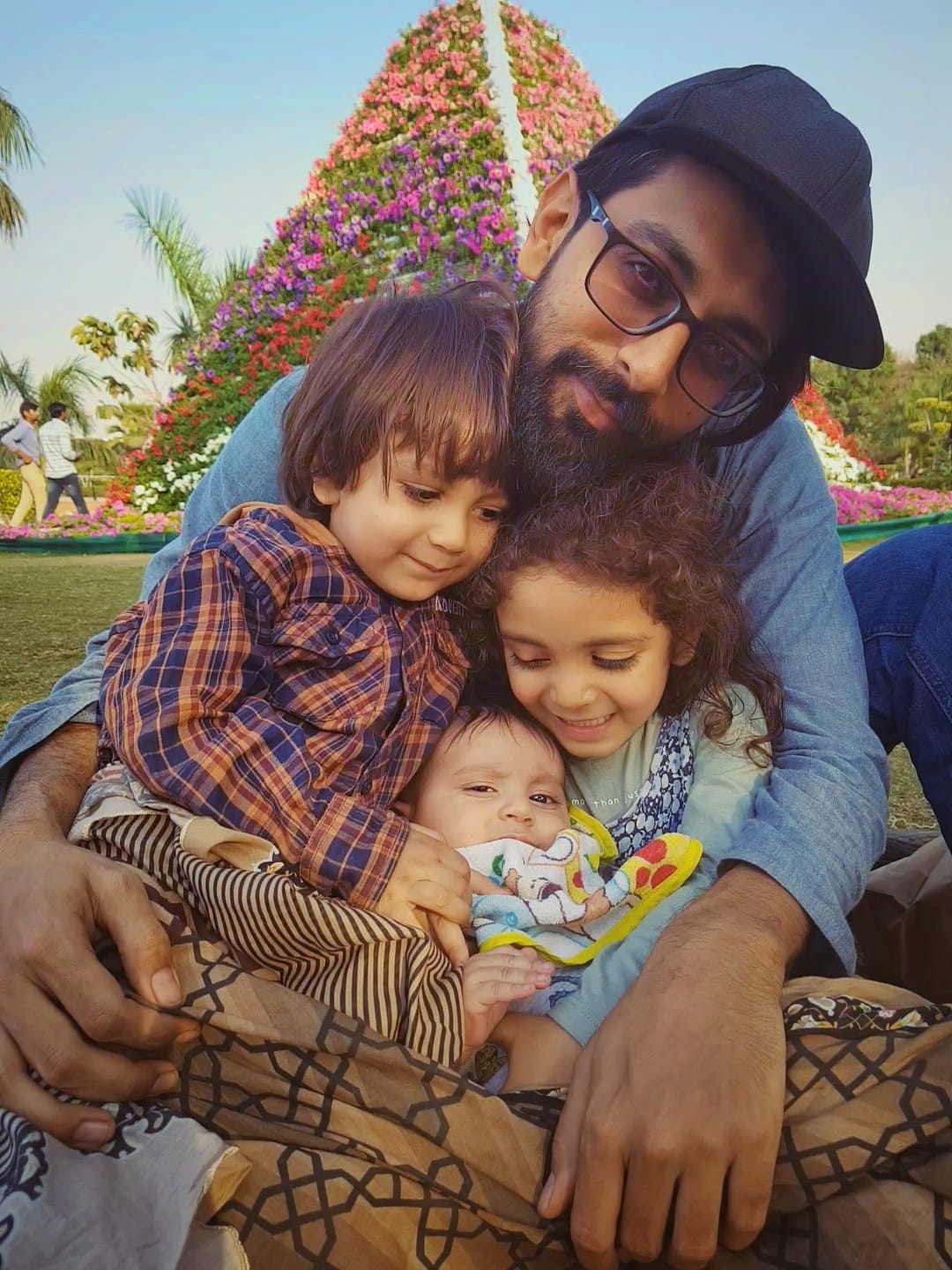In Germanic Healing Knowledge (GHK), uveitis (inflammation of the uvea – which includes the iris, ciliary body, and choroid of the eye) is understood as part of sensory perception conflicts, particularly relating to visual separation, visual threats, or visual identity conflicts.
When it occurs as part of Behçet’s Disease, which is a systemic inflammatory disorder, multiple biological conflict tracks may be active simultaneously – often forming a constellation.
🔍 GHK Perspective on Uveitis in Behçet’s Disease
🧠 Primary Conflict Involved (for the eye structures):
| Eye Structure | Biological Conflict (GHK) | Example Themes |
|---|---|---|
| Iris | Visual fright conflict | “I don’t want to see that frightening thing” or “That image haunts me” |
| Ciliary body | Visual defocusing conflict | “I don’t want to look at something/someone clearly” |
| Choroid | Visual identity conflict (akin to “who am I without this?”) | “I’ve lost my visual reference of who I am or where I belong” |
| Retina (if involved secondarily) | Fear of losing visual contact | “I will never see them again” |
🧬 Note: Laterality (left/right) depends on handedness. In right-handed individuals, the right eye is associated with partner conflicts, and the left eye with mother/child conflicts.
⚡ Why in Behçet’s Disease?
Behçet’s is not a single conflict; it’s a syndrome resulting from multiple active conflicts, often forming constellations involving:
- Oral ulcers → attack conflicts (oral mucosa)
- Genital ulcers → sexual frustration or integrity conflicts
- Skin lesions → touch separation conflict
- Joint pain → self-devaluation conflict
- Eye inflammation (uveitis) → visual fear/fright/identity conflicts
Thus, uveitis in Behçet’s usually reflects an additional layer of emotional distress, often linked to:
- A sudden visual shock (e.g., witnessing an accident, betrayal, violent act)
- A feared loss (e.g., “I’ll never see them again”)
- A disorientation of identity through vision (e.g., “Who am I in this new world I see?”)
🔁 Healing Phase and Symptoms
- In the conflict-active phase, there’s functional loss – blurriness, detachment, lack of accommodation.
- In the healing phase, we see inflammation (uveitis), pain, redness, and swelling as the tissue repairs.
If relapses are ongoing due to triggers or unresolved tracks, chronic uveitis can occur – a hallmark in Behçet’s.
🌀 Possible Constellation in Behçet’s with Uveitis
A common pattern in recurring uveitis within Behçet’s may include:
- A chronic visual fright conflict (active or relapsing)
- A territorial anger conflict (gut/mouth)
- A sexual conflict (genitals)
- Self-devaluation conflict (joints)
Combined, these create a complex constellation with periodic flares depending on reactivation and repair phases.
✅ Resolution Approach (GHK and Beyond)
- Identify the initial DHS (Dirk Hamer Syndrome) – the shocking event linked to vision
- Explore what the person “couldn’t unsee” or didn’t want to see
- Resolve perception-based triggers (visual reminders)
- Cultivate safety and coherence in the nervous system (faith healing, grounding, desensitization)
- Use tracking journals, constellation mapping, or CT scan evaluation (by trained GHK practitioners)

